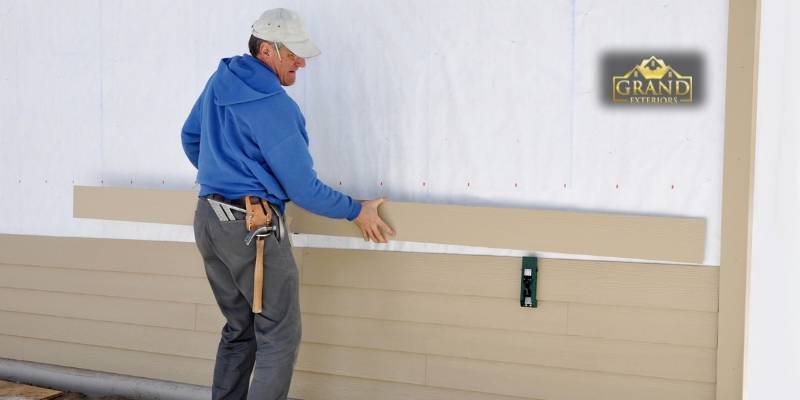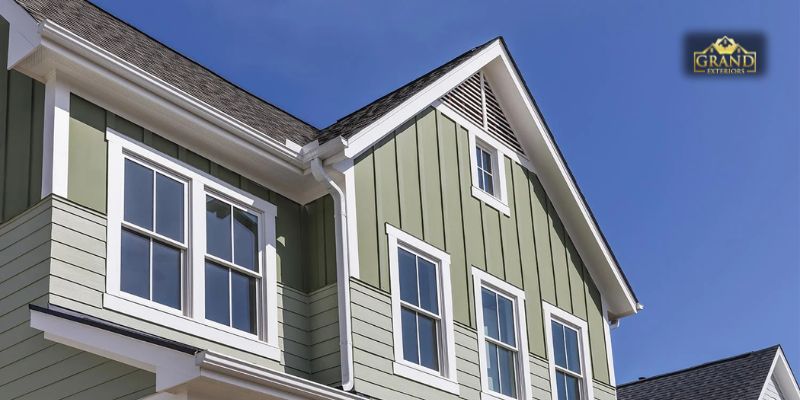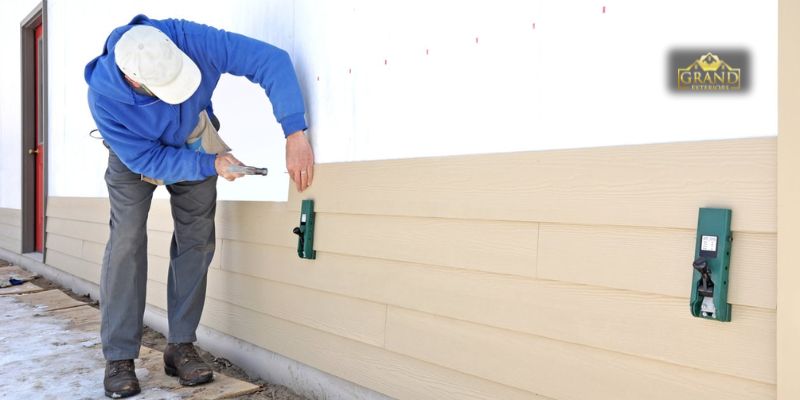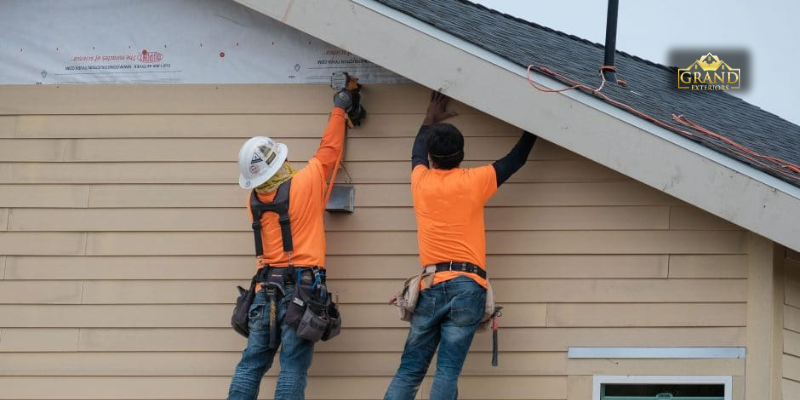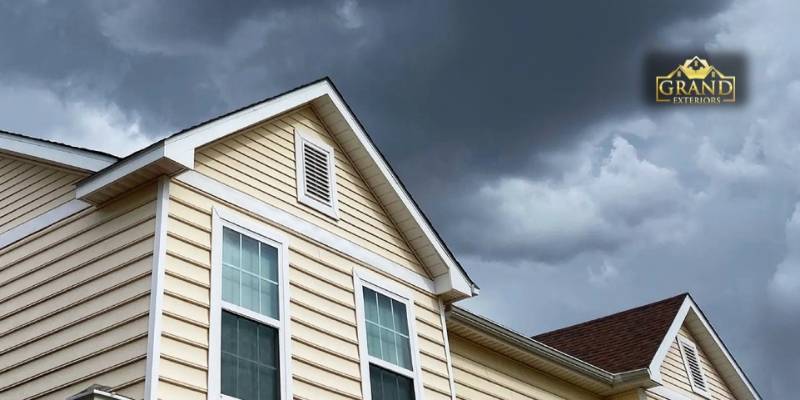Your home’s siding is a diligent protector. It protects the structure during every season of rain, wind, sun, and snow. But, like any diligent worker, it will not last forever. Understanding when to replace siding (or another jacket to protect your home) has less to do with an exact time and more to do with the performance of the material.
Siding is a costly job, so replacing it at the right time is critical. Replace it too soon, and you waste money; too long means you risk damage (hidden and/or expensive) to the framework of your home. So how can you know?
How often should siding be replaced? The answer depends on the math of material science, environmental conditions, and just noticing.
Elements Influencing Siding Longevity:
1. Climate – Properties situated in extreme heat, rain, snow, or humid environments will endure fading and deterioration at a quicker rate. Siding on properties near coastal areas (salt air) sustains further damage and deterioration.
2. Maintenance – Removing build-up with regular washing, sealing siding, and painting (for wood) increases longevity, while neglecting maintenance shortens the lifespan significantly.
3. Quality of installation – Even the best siding will not last without proper installation. Gaps, misaligned panels, and poor sealing can lead to failure before the siding should otherwise age.
4. Quality of materials – High-end siding from well-respected segments will usually be longer-lasting as well and may also resist fading, cracking, or moisture damage sooner.
Expected Lifespan of Each Type of Siding
Not all siding is the same. Below is a chart of the expected lifespan of each type of siding:
- Vinyl Siding: 20–40 Years
- Wood Siding: 20–30 Years (Shorter if it’s not well-maintained.)
- Fiber Cement Siding (Hardie Board): 30–50 Years
- Aluminum Siding: 20–40 Years
- Stucco Siding: 50–80 years (with proper maintenance)
- Stone Veneer or Brick: 50–100+ years
If your siding is approaching the maximum lifespan, it is probably time for you to make plans for replacement.
Indicators that your siding needs to go:
While your siding might not be “past its prime,” there are specific indications that it is failing.
1. Cracks, Warping, or Rot: Structural damage is unattractive. It also allows moisture to penetrate the home, which can lead to mold, mildew, or damage to interior walls.
2. Painting or Fading Often: Your wood siding might need a repaint every 4-5 years, or the vinyl siding is fading severely. This usually indicates that the siding is at the end of its life.
3. High Energy Bills: Deteriorating siding or siding that is too old has less insulating capabilities. It makes your HVAC system work overtime.
4. Mold or Mildew Growth: Mold stains that remain permanently in the siding often indicate trapped moisture. That is not something you want to have in your siding.
5. Loose or Missing Panels: If a visible section of siding can not stay attached or has fallen off, it is usually cheaper to simply replace the entire panel than attempt repairs.
Benefits of updating old siding:
- Changing your siding is more than increasing your home’s look – this is an investment that pays off in the long run:
- Impressive Curb Appeal: New Siding can immediately change your home’s look, increase its resale value, and provide an overall polished look of modern curb appeal.
- Better energy efficiency: Many new content types are designed with some levels of insulation to help regulate internal temperature and reduce the cost of energy.
- Promoted security: New siding is designed to provide protection from extreme weather, moisture, pests, and UV damage.
- Low maintenance: Unlike older materials, which may require periodic maintenance, the new siding is designed to look great with very little effort.
How to Know When It’s Time?
As a general guideline:
Look over your siding annually.
When siding is more than 20-30 years old (depending on material) you might want to replace it.
If siding is costing you more money than a few continuous repairs, painting or patching, then a full replacement may be the better investment.
Conclusion
While a timeline should be replaced for siding that is not universal, this mainly depends on the type of material, your local climate, and how well the siding is maintained before replacement. Nevertheless, the average homeowner will experience changing siding at least once, at some point during their home ownership. By recognizing the initial warning signals, maintaining persistent siding, and choosing quality materials when the time comes, you will protect your home, reduce the cost in the long run, and keep the exterior of your house in very good condition for the coming years.
